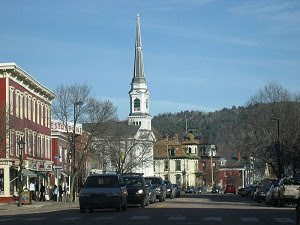Solar Cogeneration and Net Metering Systems
A
cogeneration plant often referred to
as a combined heat and power plant is
tasked with producing electricity and thermal energy in the form of heat
or steam, or useful mechanical work, such as shaft power, from the same fuel
source. Micro-CHP engine systems are
currently based on several different technologies: Internal combustion engines,
Stirling engines, Fuel cell, Microturbines, Steam engine/Steam motor using
either water or organic chemicals such as refrigerants.
Micro combined heat and power or mCHP applies to single or multi-family homes or small
office buildings in the range of up to 50 kW. Local generation has the
potential for a higher efficiency than traditional grid-level generators since
it lacks the 8-10% energy losses from transporting electricity over long distances as well as 10–15% energy losses
from heat transfer in district heating networks due to the difference between
the thermal energy carrier - hot water - and the colder external environment.
Most Systems
use natural gas as the primary energy source and emit carbon dioxide. A micro-CHP system usually
contains a small fuel cell or a heat engine as a prime mover used to rotate a
generator which provides electric power, while simultaneously utilizing the
waste heat from the prime mover for a building's heating, ventilation, and air
conditioning. A micro-CHP generator delivers electricity
as the by-product or may generate electricity with heat as the by-product.
Micro-CHP systems have been
facilitated by recent technological developments of small heat engines
Type
|
2008 Status
|
2012
|
2015
|
2020
|
Electrical efficiency
at rated power
|
34%
|
40%
|
42.5%
|
45%
|
CHP energy efficiency
|
80%
|
85%
|
87.5%
|
90%
|
Factory cost
|
$750/kW
|
$650/kW
|
$550/kW
|
$450/kW
|
Transient response
(10%–90% rated power)
|
5 min
|
4 min
|
3 min
|
2 min
|
Start-up time from
20 °C ambient temperature
|
60 min
|
45 min
|
30 min
|
20 min
|
Degradation with
cycling
|
< 2%/1000 h
|
0.7%/1000 h
|
0.5%/1000 h
|
0.3%/1000 h
|
Operating lifetime
|
6,000 h
|
30,000 h
|
40,000 h
|
60,000 h
|
System availability
|
97%
|
97.5%
|
98%
|
99%
|
CPVT Concentrated
photovoltaics and thermal also called CHAPS combined heat
and power solar, is a cogeneration technology used in concentrated
photovoltaics that produce electricity and heat in the same module. The heat
may be employed in district and water heating, air conditioning, process heat
or desalination.
Net metering micro-CHP systems achieve
much of their savings by the value of electrical energy which is replaced by
auto produced electricity. A generate-and-resell model supports this as
home-generated power exceeding the in-home needs is sold back to the electrical
utility. This system is efficient because the energy used is distributed and
used instantaneously over the electric grid.
Tell us about Your Energy
Savings Plan


























